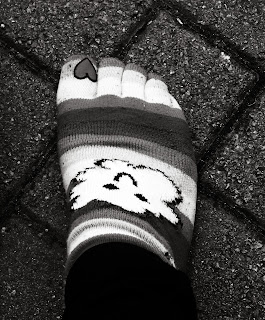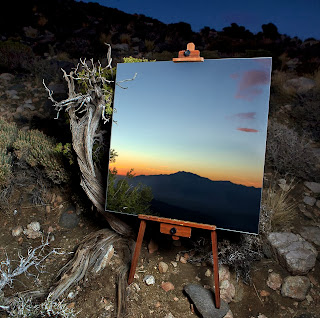Tone was an interesting shoot and the editing involved using both greyscale and duotone. Editing and shooting tone makes it very easy to grasp, and the look of the pictures with a lack of colour while using mainly their tone could be useful in the future.
 This is a picture of my my sock with my foot in it. I have changed the picture to greyscale to remove the colour and did not duotone it. I think this is a god example of tone because my sock is usually multicoloured but here many of the tones can be seen as quite similar as the colour has been removed.
This is a picture of my my sock with my foot in it. I have changed the picture to greyscale to remove the colour and did not duotone it. I think this is a god example of tone because my sock is usually multicoloured but here many of the tones can be seen as quite similar as the colour has been removed.This was not a picture that was chosen for my straight prints, I think the photo is not very interesting, it's very much generic and does not look professional, nor does it represent tone very well. I wanted to take pictures of the engine and some old cars to create an antique look, this was not achieved.
If I were to continue with this session I would look for more pictures that would usually look vibrant and colourful as well as pursuing my 'antique-looking' photograph with a duotone.




























